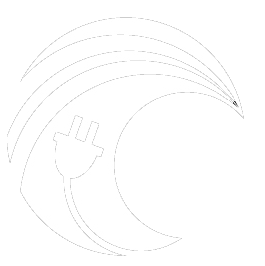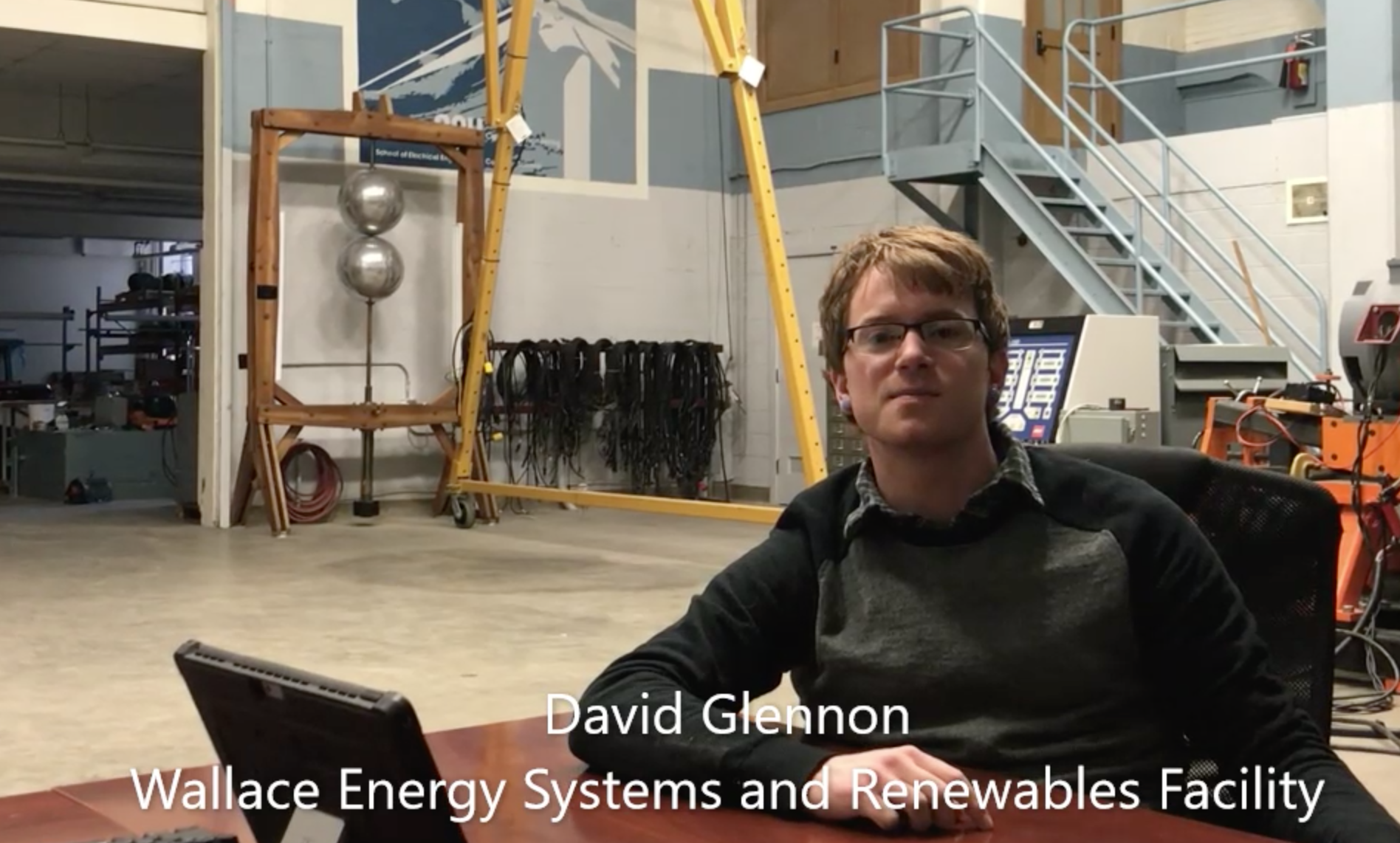By Ali Trueworthy
30 May 2019
When we talk about renewable energy, the totals, averages, and distributions of resources often drive the discussion. Whether it is an Uncle at a holiday party citing the fact that there is about 7,000 times more solar energy radiating on the earth than our total energy consumption and asking why we don’t “just use that,” or a researcher citing the wave resource in the Pacific Northwest while applying for a grant to test a wave energy device off the coast of Oregon, what we tend to highlight is the amount of a resource available over a long period of time.
Renewable energy resources are often measured in Watts per square meter [W/m2] averaged over a year or a season. For example, we refer to yearly average wind speeds and average wave heights. These quantities are important for assessing the viability of building a renewable energy farm at a given location, but when running a grid-connected plant, the instantaneous available power becomes just as important. In most fossil fuel power plants, the energy source is controlled. Simply put, if a coal plant needs to generate more power, it can simply burn more coal. The analogous is not true for renewables- a wave energy farm has no control over the converging waves. For that reason, the devices themselves must be controlled. Leila Ghorban Zadeh and David Glennon of the WESRF lab at OSU work with Professor Ted Brekken to research device control methods that can allow operators to get the power they want, when they want it.
The linear test bed in WESRF where researchers like David and Leila can test their controllers
What is power?
POWER=ENERGY PER UNIT TIME=FORCE×VELOCITY= ROTATIONAL VELOCITY×ANGULAR MOMENTUM
Power is an instantaneous unit- measured in Watts. Power and energy are related through time, as power is the rate of energy production or consumption. A Watt is measured in Newton meters per second [Nm/s], the product of force and velocity. In the case of a rotating device, such as a generator, power is the product of rotational velocity and angular momentum. Leila and David use control methods to maximize power production of a wave energy device or in some cases, limit it to the desired range.
What is control?
“How do we want to take energy for our use? Controls let us take what we want, when we want it- so we can get the best out of our systems.” -Leila Ghorban Zadah
Wave Energy Converters (WECs) have a system called a “power take-off.” Power take-off is the mechanism which transforms the absorbed power to usable power. When we talk about WEC control, it is the power take-off system that is being adapted to maximize power absorption. Both Leila and David develop control methods which adjust the stiffness and the damping of the power take-off system. Adjusting the stiffness and damping can allow the WEC to behave as in resonance over a broad band of incoming wave frequencies, thereby increasing the overall possible energy production of the WEC.
More information on WEC power take-off systems can be found at https://link.springer.com/chapter/10.1007/978-3-319-39889-1_8
Learn about Fuzzy Logic control for wave energy converters with David Glennon of Oregon State University and PMEC.
What are the methods of control?
Though Leila and David are both working on WEC control, their methods are drastically different.
David works on a control scheme using fuzzy logic. A logic controller can only deal with binary values, meaning that both inputs to and outputs of the controller are limited to ON or OFF, TRUE or FALSE, UP or DOWN. Fuzzy logic controllers use a continuous set of values between on and off. In David’s work, the fuzzy logic controller takes an analog input of the WEC’s instantaneous position, velocity, and acceleration. The controller then uses knowledge of the inner workings of the device to translate the input to a damping value for the power take-off system. The damping value is then translated into a force applied to the power take-off system. To properly map the input measurements to a damping value, David must know how the device responds to the range of forces it will surely encounter at sea!
Leila is working on a method called “reinforcement learning control.” It is a type of artificial intelligence similar to machine learning. Unlike fuzzy logic control, reinforcement learning control does not require knowledge of the WEC, its PTO, or the instantaneous position and velocity. The control system, “just tries things,” as Leila says, and learns to behave optimally based on positive feedback. That is, of course, where it gets its name, “reinforcement learning.” For a given incoming wave height and period, Leila’s controller will blindly assign a PTO damping value. She can then use models to know the resulting power output. If the power output is good, the system will be rewarded, and will continue trying other damping values using what it has learned. Eventually the controller will come up with an optimum value for the given sea state. This learning process must be done at all possible sea states, and can take a very long time, but after the learning process has been done, the controller will remember each optimum value.
The major downside to reinforcement learning control is that the “just try things” approach risks breaking the WEC during the long testing process- often called “learning” or “training.” If the controller sets a low damping value for a very large wave, the wave might destroy the power take-off system, or even the whole WEC. A similar accident would not likely happen with a fuzzy logic controller, since the controller bases its damping values on knowledge of how the WEC will respond. The ability of the fuzzy logic controller to maximize power production is dependent on that knowledge of how the WEC will respond. The knowledge of the WEC response, Professor Brekken points out, is currently provided by models of WECs, not actual, full-scale devices. In the few full-scale device tests conducted, the models have been shown to not perfectly capture WEC response (though in many ways, they are very good). That is where reinforcement learning has an advantage. Using reinforcement learning control, researchers do not have to create the model of the device to build the control system, rather, the control system learns the model of the device. Professor Brekken acknowledges this as a way to reduce the time and money spent testing a device prior to control system development. Both methods of control come with known and yet-to-be-known advantages and disadvantages.
David and Leila are modeling these control systems in MATLAB Simulink so they can add them to the Department of Energy Open Source WEC modeling suite, WEC-Sim. This way, anyone with access to MATLAB/Simulink could download the control system and simulate how it would perform with their device (or a device simulated using the other components in WEC-Sim). Control systems can increase the energy production of wave energy devices. Increasing the energy production while decreasing the capital and operational costs will help give wave energy the potential to become part of a diverse future renewable energy profile.
This research is part of the Advanced Laboratory and Field Arrays (ALFA) for Marine Energy Project Task 11, a multi-year project with participating members at all institutions affiliated with PMEC as well as multiple Department of Energy labs. Leila Ghorban Zadeh is a third year graduate student in the energy systems lab, while David Glennon is on his second year. Professor Ted Brekken has been doing research with the energy systems program since 2006.


